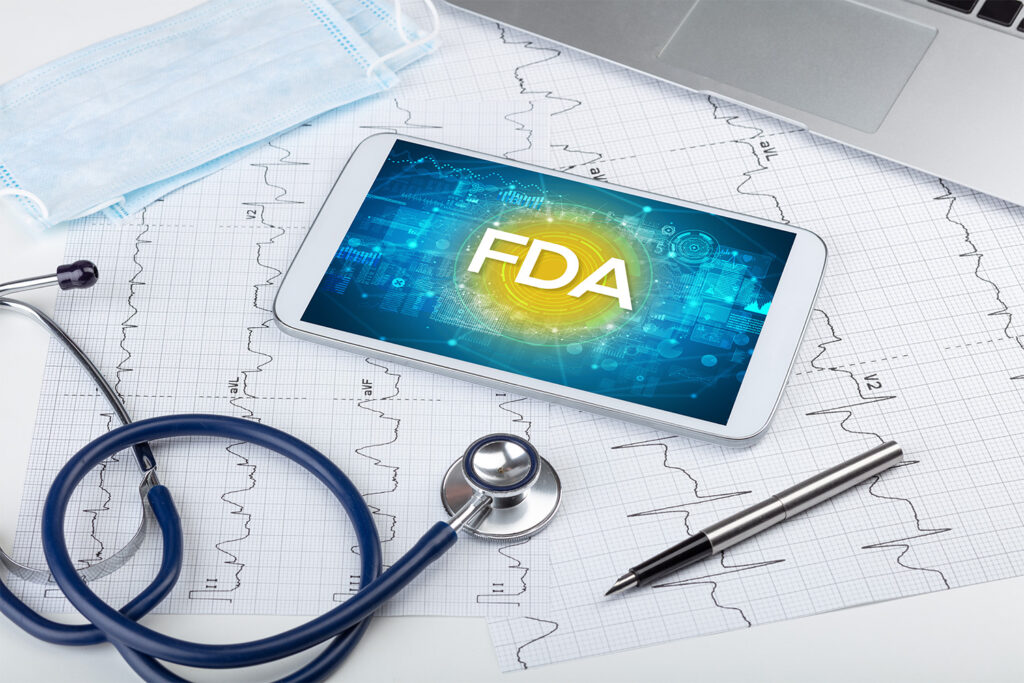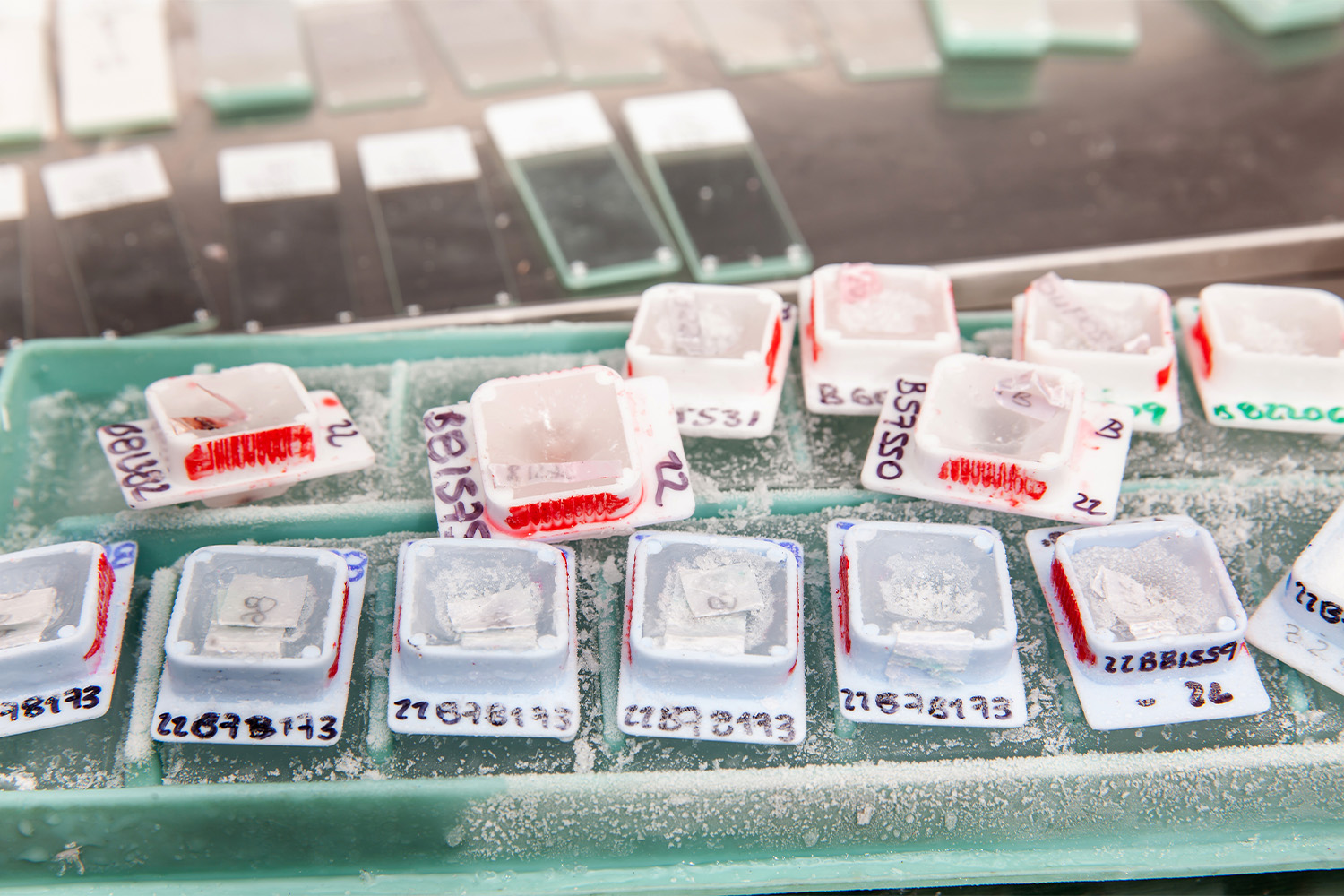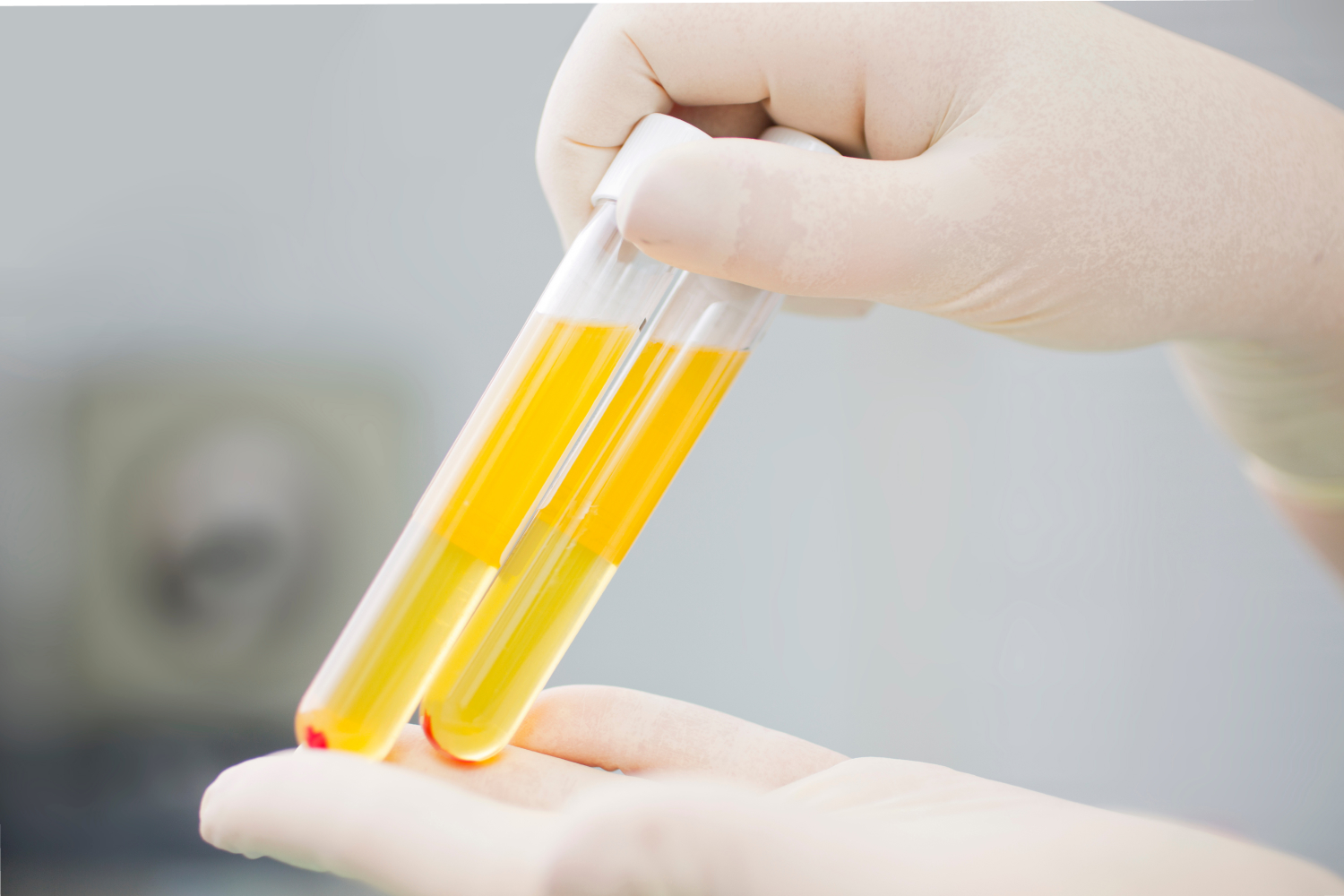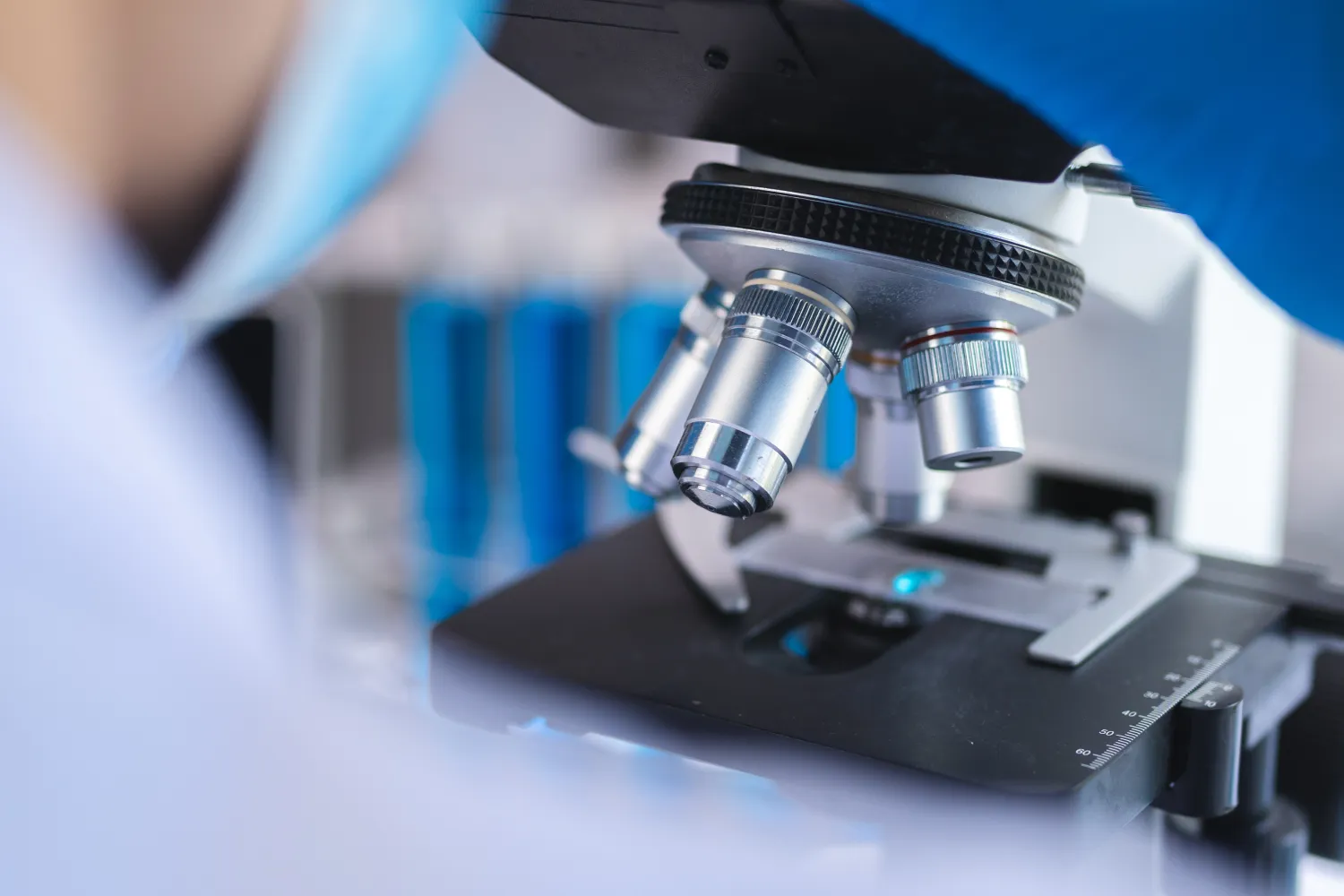
The United States Food and Drug Administration (FDA) is responsible for protecting and promoting public health by handling and supervising food safety, pharmaceuticals, cosmetics, and other various medical and veterinary products. A major responsibility of the FDA is to regulate the safety of pharmaceuticals by instituting testing requirements for preclinical and clinical testing.
Knowing what types of testing the FDA requires in advance can save pharmaceutical companies countless hours and dollars in the process of bringing a drug to market.
What Drug Sampling and Testing Do the FDA Require?
The FDA performs a variety of different tests to ensure the safety, quality, and effectiveness of a product. The Center for Drug Evaluation and Research (CDER) is a division of the FDA that uses data analytics to identify products with potential quality risks.
These risks can be identified proactively during manufacturing and design or through post-marketing quality data evaluation.
However, period product testing is not the only testing mechanism the FDA employs to ensure product safety, quality, and effectiveness. Below, we will discuss exactly what requirements the FDA implements in drug development.
What Types of Requirements Are There?
The purpose of such rigorous testing is to protect the public from unintentional harm. If the FDA identifies a product with unfavorable testing results, a product can quickly be removed from the market until further evaluation is performed.
Ultimately, the manufacturer of a product will hold the responsibility of taking corrective measures pertaining to the unfavorable test results. Understandably, knowing what tests the FDA requires beforehand can ensure quality and safe manufacturing processes for a product to prevent recall and financial detriment.
Regulatory
One of the most important aspects of bringing a drug to market is abiding by all of the FDA’s numerous regulatory requirements. Depending on the type of drug or medical device seeking approval, the FDA provides a great deal of industry guidance documents that outline the proper pathways for ultimate approval. It’s important to read these documents carefully to ensure a full understanding of the process and what’s required by law.
During the investigational new drug (IND) phase of drug development, drug sponsors often seek the advice of the FDA outside of these documents to ensure thoroughness and to identify expectations beforehand. Commonly, the FDA will solicit advice at critical development junctures related to important regulatory concerns.
Examples of regulatory requirement concerns from the FDA include proprietary name requests and plans to defer or waive specific studies (such as if the pharmacokinetics or efficacy of a drug has already been established previously). Other examples include submitting an application for an expedited approval program or emergency use authorization.
Knowing FDA expectations in advance can certainly make the drug development process easier and more efficient. Avoiding unnecessary tests, for example, can save time and money if the tests are not an FDA requirement or if the tests have been adequately performed previously.
Additionally, avoiding missing a necessary test can help avoid unforeseen development obstacles to keep the project moving forward.
Clinical or Statistical
In addition to strict and numerous regulatory requirements, the FDA is responsible for evaluating the clinical and statistical information pertaining to the safety and efficacy of a drug in development. This information is imperative in establishing if a drug works as it is reported to and causes minimal harm to a patient population.
Clinical trials are performed to assess safety and efficacy. Regularly, the drug in development is compared to a placebo to support the effectiveness or to demonstrate noninferiority to active control.
The FDA can provide guidance when setting up a clinical trial to make sure the targeted outcomes are valid. Trial size, patient demographic, enrichment designs, and other trial characteristics are critically important when designing a clinical trial.
Safety
Safety issues are the number one reason a drug or medical device fails to achieve FDA approval. The FDA requires a multitude of safety tests for drugs in preclinical trials and further safety data throughout clinical trials in human participants.
Preclinical trials are required to show safety in animal dosing trials as well as other various models, such as ones to establish cardiovascular safety. Sponsors can reach out to the FDA at any point to find advice on safety issues identified in preclinical and early clinical trials.
Other safety-related concerns, such as immunogenicity, size of the overall safety database, special populations such as pediatrics or geriatrics, and post-approval pharmacovigilance plans can be addressed with the FDA at any point in clinical development.
Furthermore, the FDA might also recommend a risk evaluation and mitigation strategy (REMS) program for the study if a significant safety concern is identified. Once again, doing so in advance can streamline further development.
Clinical Pharmacology
Knowing exactly how a drug behaves in the human body is paramount to applying for full FDA approval. The FDA requires a variety of pharmacokinetic and pharmacodynamic studies to be performed in both preclinical and clinical trials.
Depending on the nature of the drug and the disease state it is used in, pharmacokinetic and pharmacodynamic properties will become important to establish. Dose selection in a given patient population, maximum tolerated dose, and drug-drug interactions are all important, FDA-required considerations. The drug will need to report specific criteria to gain FDA approval.
Nonclinical Pharmacology
In addition to clinical pharmacology, nonclinical pharmacology, or how the drug behaves outside of its intended use, is equally, if not more important. Pharmacokinetics and pharmacodynamics once again become important and can establish a drug toxicology profile.
Drug toxicology can be evaluated in many ways. Reproductive and genetic toxicology tests are common in evaluating a new drug, especially if a drug will eventually be taken by women of reproductive age. Carcinogenicity, or the potential for a drug to cause cancer, is also a crucial component of the overall toxicology profile and must be carefully evaluated.
Product Quality
Beyond what a drug does in the human body, the FDA also requires certain product quality characteristics to be described. Shelf life, stability, and sterility must be within the acceptable range for the drug’s intended use.
The FDA will sometimes require an analytical similarity assessment to be performed. This process involves a stepwise approach to obtain the total evidence for demonstrating biosimilarity between a proposed biosimilar product and a reference biological product.
Additionally, sometimes a drug requires a drug delivery system to facilitate drug absorption. Modifications to the drug itself or simply an administrative drug coating or capsule need to undergo quality control as well. This action may require FDA testing.
Beyond the actual drug and delivery systems, quality control can expand to facilitate compliance with good manufacturing practices. Random batches of drugs should be tested periodically for quality control.
Special Populations
If a drug has plans to be administered to a special population (such as pediatrics or geriatrics), it should undergo rigorous safety and efficacy testing in those populations. The FDA can help with a proposed pediatric development plan, including dosing and ethical safety data collection strategies.
Implementing a Clinical Research Organization (CRO)
Clinical Research Organizations (CROs) can be invaluable in helping establish timely and effective clinical trials. Navigating FDA research requirements can be a difficult task, but at iProcess Global Research, you can expect exceptional teams and operations to provide cutting-edge research to help organizations with their clinical trials.
With the continuing demand for clinical trials, there is a constant demand for specialists who can provide the high level of quality and competence required. iProcess provides support in numerous areas such as drug safety and pharmacovigilance, data management and biostatistics, regulatory affairs, and site support staff (clinical research coordinators, clinical research assistants, clinical research data management).
Conclusion
The regulations provided by the FDA have assured the production of safe and efficacious medications for consumers. Knowing and predicting what tests the FDA requires can save a lot of time and money in the drug development process.
There are many considerations from the clinical to the nonclinical to ultimate product quality control. Anticipating where to designate study time and resources can streamline a project and set it up for success. Let iProcess help you along the way.
As a leading global supplier of biospecimens, iProcess Global Research is working with major pharmaceutical, diagnostic and research organizations to help support cutting-edge research. iProcess has implemented a team of recruiters that are dedicated to supplying optimum solutions for clinical research sites. We can help you too.
Sources:
Drugs, Devices, and the FDA: Part 1: An Overview of Approval Processes for Drugs | ScienceDirect




